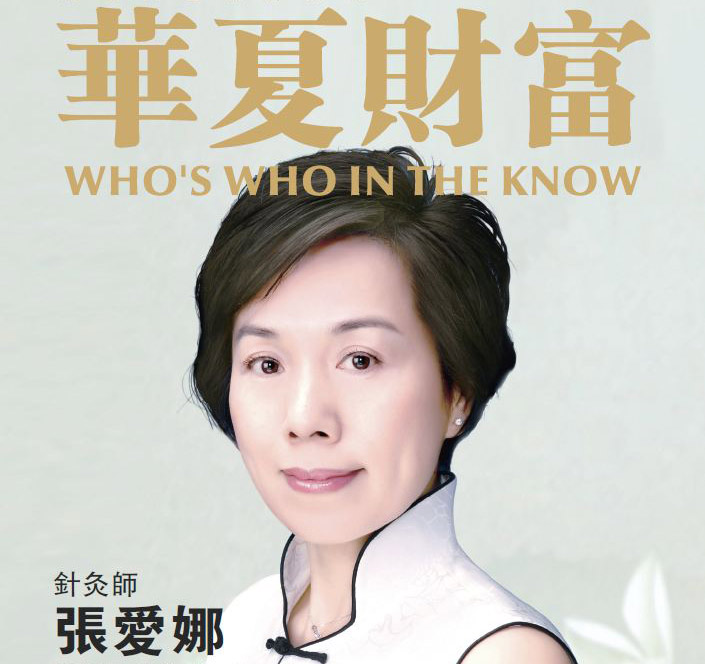In the past two thousand years, the development of acupuncture went through many ups and downs in China. Due to the overwhelming predominance of Western medicine in all aspects of health care in China, the biggest challenge for the future development of acupuncture and Chinese medicine in China is to keep its integrity and core strength (望闻问切 辨症施治).
INTEGRATED APPROACH
Chinese Medicine and Western medicine have very different perspectives and treatment techniques for all illnesses and they have been proven to have their own strengths and limitations. We are firm believers of an integrated medicine, where Chinese Medicine and Western medicine work together harmoniously to provide the best care for our patients.
It is remarkable that the trend of integration is progressing rapidly in main areas, such as, pain control, integrated oncology and infertility treatment in North America. In our personal experience, the openness to acupuncture and Chinese medicine from the medical establishment is nothing less than spectacular. Just 10 years ago, I might only get one to a handful of patients referred by Western medicine health professionals. And today, over 30% of my patients are referred by various medical professionals.
From a public health point of view, the integration of acupuncture and Chinese medicine to the mainstream public health system seemed inevitable, when more and more patients are benefiting from these ancient healing arts. They are effective, safe, without side-effects and a cost-effective treatment for many mental and physical illnesses.
Acupuncture & public health care
British Columbia became the first North America jurisdiction to provide public funded acupuncture treatment several years ago. In Quebec, there is a currently attempt to include acupuncture in the publicly funded IVF treatment program, because it is remarkably cost effective for all stakeholders – the provincial government, patients, western medicine fertility doctors and acupuncturists.
The greatest challenge for Chinese medicine practitioners is to integrate acupuncture and Chinese medicine to the publicly funded health care system without any disintegration from the core values and strength of acupuncture and Chinese medicine.








